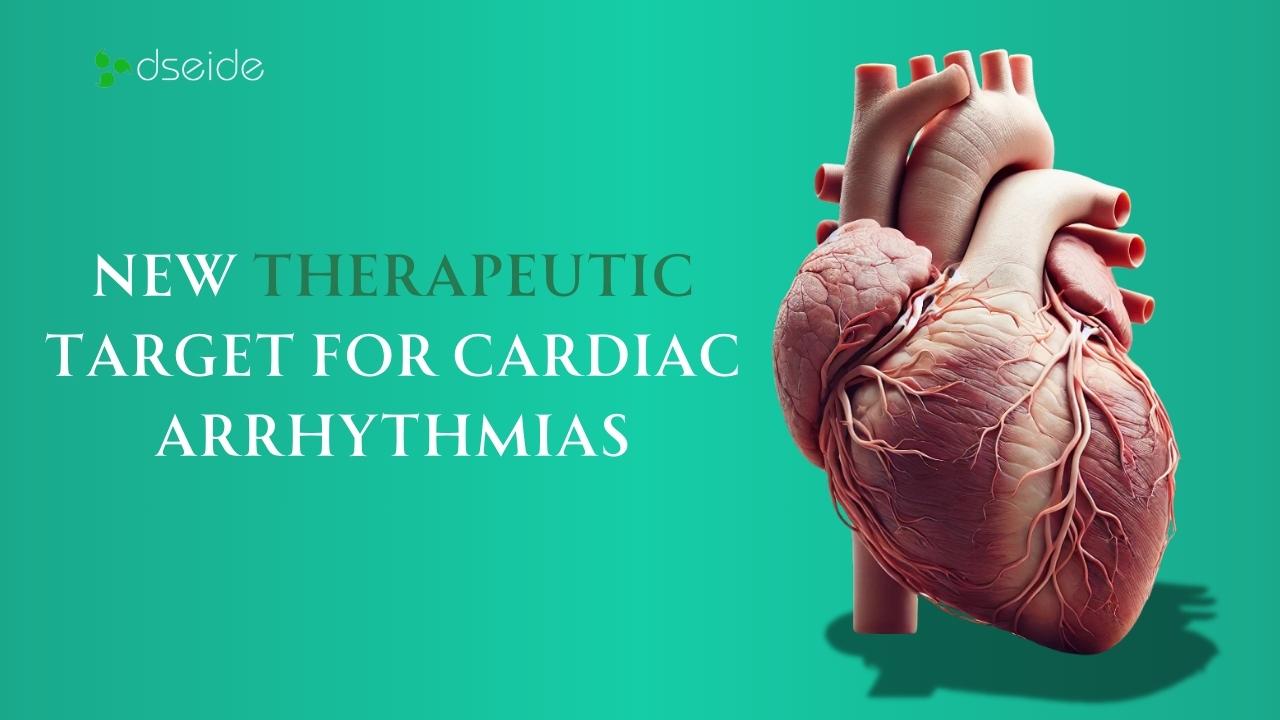New Therapeutic Target for Cardiac Arrhythmias Emerges
A groundbreaking study by researchers at the University of Arizona College of Medicine – Phoenix and UC Davis Health has identified a new potential therapeutic target for treating atrial fibrillation (AFib), a common heart rhythm disorder. This discovery centers on a lipid called phosphatidylinositol 4,5-bisphosphate (PIP2), which plays a crucial role in regulating ion channels in the heart.
AFib is a serious condition that increases the risk of strokes and heart failure. Current treatments often fall short, particularly for patients with heart failure. By investigating the role of PIP2 in regulating small-conductance calcium-activated potassium (SK) channels—channels involved in cardiac excitability—the researchers provided fresh insights into how cardiac arrhythmias develop in heart failure patients.
Key Findings:
SK Channels and PIP2: SK channels are upregulated in heart failure, and their modulation by PIP2 could be a key mechanism in arrhythmia development. This lipid is involved in signaling pathways and may regulate cardiac ion channels in new ways.
Computational and Experimental Approaches: The research combined computational modeling and molecular dynamics to analyze how SK2 channels, in particular, are modulated by PIP2. These insights could pave the way for designing new inhibitors aimed at SK channels, potentially offering better treatment options for AFib.
This research provides a critical foundation for future therapies targeting the molecular mechanisms of cardiac arrhythmias, particularly those exacerbated by heart failure. As AFib cases are expected to rise significantly, such advancements in treatment are timely and crucial.
With further study, PIP2 modulation could become a cornerstone of next-generation arrhythmia treatments, offering hope to millions of patients at risk of heart failure and stroke.
This discovery is an exciting development in the ongoing quest to better understand and treat heart conditions that affect millions worldwide.
source:- ScienceDaily
A groundbreaking study by researchers at the University of Arizona College of Medicine – Phoenix and UC Davis Health has identified a new potential therapeutic target for treating atrial fibrillation (AFib), a common heart rhythm disorder. This discovery centers on a lipid called phosphatidylinositol 4,5-bisphosphate (PIP2), which plays a crucial role in regulating ion channels in the heart.
AFib is a serious condition that increases the risk of strokes and heart failure. Current treatments often fall short, particularly for patients with heart failure. By investigating the role of PIP2 in regulating small-conductance calcium-activated potassium (SK) channels—channels involved in cardiac excitability—the researchers provided fresh insights into how cardiac arrhythmias develop in heart failure patients.
Key Findings:
SK Channels and PIP2: SK channels are upregulated in heart failure, and their modulation by PIP2 could be a key mechanism in arrhythmia development. This lipid is involved in signaling pathways and may regulate cardiac ion channels in new ways.
Computational and Experimental Approaches: The research combined computational modeling and molecular dynamics to analyze how SK2 channels, in particular, are modulated by PIP2. These insights could pave the way for designing new inhibitors aimed at SK channels, potentially offering better treatment options for AFib.
This research provides a critical foundation for future therapies targeting the molecular mechanisms of cardiac arrhythmias, particularly those exacerbated by heart failure. As AFib cases are expected to rise significantly, such advancements in treatment are timely and crucial.
With further study, PIP2 modulation could become a cornerstone of next-generation arrhythmia treatments, offering hope to millions of patients at risk of heart failure and stroke.
This discovery is an exciting development in the ongoing quest to better understand and treat heart conditions that affect millions worldwide.
source:- ScienceDaily
New Therapeutic Target for Cardiac Arrhythmias Emerges
A groundbreaking study by researchers at the University of Arizona College of Medicine – Phoenix and UC Davis Health has identified a new potential therapeutic target for treating atrial fibrillation (AFib), a common heart rhythm disorder. This discovery centers on a lipid called phosphatidylinositol 4,5-bisphosphate (PIP2), which plays a crucial role in regulating ion channels in the heart.
AFib is a serious condition that increases the risk of strokes and heart failure. Current treatments often fall short, particularly for patients with heart failure. By investigating the role of PIP2 in regulating small-conductance calcium-activated potassium (SK) channels—channels involved in cardiac excitability—the researchers provided fresh insights into how cardiac arrhythmias develop in heart failure patients.
Key Findings:
SK Channels and PIP2: SK channels are upregulated in heart failure, and their modulation by PIP2 could be a key mechanism in arrhythmia development. This lipid is involved in signaling pathways and may regulate cardiac ion channels in new ways.
Computational and Experimental Approaches: The research combined computational modeling and molecular dynamics to analyze how SK2 channels, in particular, are modulated by PIP2. These insights could pave the way for designing new inhibitors aimed at SK channels, potentially offering better treatment options for AFib.
This research provides a critical foundation for future therapies targeting the molecular mechanisms of cardiac arrhythmias, particularly those exacerbated by heart failure. As AFib cases are expected to rise significantly, such advancements in treatment are timely and crucial.
With further study, PIP2 modulation could become a cornerstone of next-generation arrhythmia treatments, offering hope to millions of patients at risk of heart failure and stroke.
This discovery is an exciting development in the ongoing quest to better understand and treat heart conditions that affect millions worldwide.
source:- ScienceDaily





